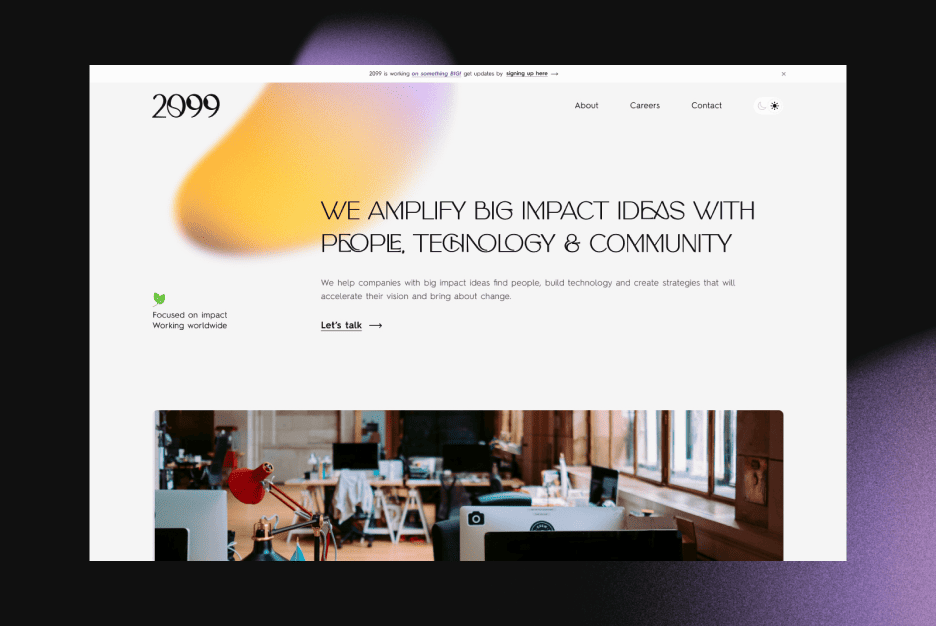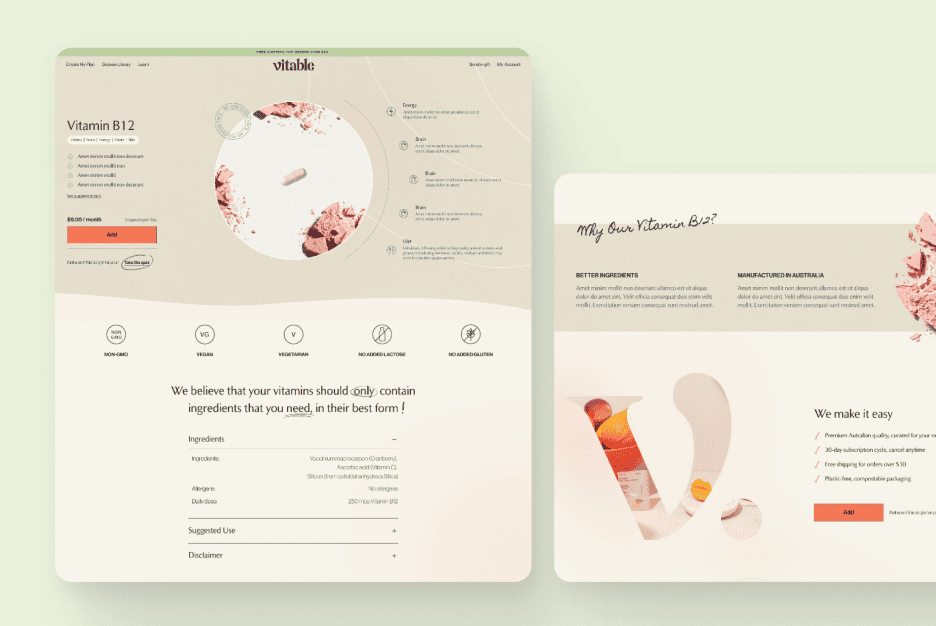Remember when talking to machines felt like science fiction? Now we casually ask Siri for weather updates while brushing our teeth or tell Alexa to dim the lights without even blinking. Voice search isn’t the future — it’s the now. And if your website isn’t ready to chat back, you’re basically whispering in a noisy room.
Let’s dive into how you can make your site not only heard but understood in this loud new world of digital conversation.
Voice search is changing the game
Typing is so last decade. People are embracing hands-free everything, from driving to online shopping. The rise of voice assistants like Alexa, Google Assistant, and Siri has completely flipped how we find information. Today, more than 40% of adults use voice search daily — and that number keeps climbing faster than you can say “Hey Google.”
The real shocker? Voice searches aren’t just about convenience; they’re reshaping how websites are designed, structured, and optimized. Sites built around quick answers and natural language are stealing the spotlight, while slow, text-heavy pages are left behind in Silence.
Why people are talking instead of typing
We humans are lazy — and proud of it. It’s simply easier to say, “Where’s the nearest sushi place?” than to open your phone, tap an app, and type the same thing. Plus, voice search feels more human. It’s conversational, immediate, and it fits perfectly into our fast-paced lifestyles.
There’s also psychology at play. Speaking feels natural; typing doesn’t. Voice search reduces friction and builds emotional connection. It’s a small shift in behavior with massive implications for user experience and content strategy.
How voice search reshapes SEO and site structure
Voice queries are longer, more natural, and often phrased as full questions. That means traditional SEO tactics like short keywords and robotic phrasing won’t cut it anymore. Instead, we’re entering the age of conversational optimization.
Search engines rely on sophisticated Algorithms that interpret tone, intent, and even local context. Your job is to create content that aligns with how people actually talk. Think: “What’s the best pizza in New York?” instead of “best pizza NYC.” The structure of your site should follow a clear Hierarchy — one that search engines and humans can navigate effortlessly.
UX design that speaks human
Good UX has always been about empathy. But when users talk instead of type, empathy gets a whole new dimension. Interfaces must listen, understand, and respond naturally.
Design your site with conversation in mind. Use simple layouts, intuitive buttons, and clear microinteractions. Every second of delay or confusion feels like awkward silence in a real conversation — and no one likes that

Simplicity and speed as new UX standards
When users make a voice request, they expect lightning-fast answers. If your website takes ages to load or buries key info three clicks deep, you’ve already lost them.
Here’s the deal:
- Cut unnecessary animations and heavy visuals.
- Optimize for mobile-first.
- Keep your Hierarchy logical — from headers to call-to-action buttons.
Fast, clear, and clean wins every time.
Building site architecture for voice-driven traffic
Traditional navigation menus are out. Think instead in terms of intent and conversation flow. People don’t “browse” with their voice — they ask.
Architect your site around user intent. Create clusters of content that answer related questions in simple, natural language. The fewer steps between a question and an answer, the more your visitors (and Google) will love you.
Writing content that voice assistants actually find
If your content sounds like it was written by a legal department, voice assistants will skip it faster than you can blink. Conversational writing is key.
Use short, direct sentences and natural tone. Include phrases that mimic how people speak. For instance:
- Instead of “Users must enable their notifications,” try “Want to get updates? Just turn on notifications.”
The more “human” your copy sounds, the easier it is for assistants to understand – and recommend.
Data and markup that make your website understandable
Structured data (like Schema.org) is your secret weapon. It helps search engines and Algorithms understand context — who you are, what you offer, and where you’re located.
Add schema markup to product pages, reviews, and FAQs. That extra clarity transforms your site from a wall of text into something machines can truly interpret. Think of it as teaching your website a new language — one both bots and humans understand.
Mobile optimization as the backbone of voice interaction
Most voice searches happen on smartphones, so mobile optimization isn’t optional — it’s survival. A mobile-friendly site means readable text, tappable buttons, and layouts that adapt smoothly to any screen size.
If your mobile site feels clunky, your users won’t wait around. They’ll move on to a competitor whose site talks back faster and smoother. Don’t let Silence be the last thing your users hear.
Common mistakes that confuse voice systems
Let’s be honest — most websites fail at voice readiness because of simple errors. Want to know the usual suspects?
- Overcomplicated menus and navigation
- No structured data or poor markup
- Walls of text that ignore conversational tone
- Slow page load times
- Ignoring local search intent
Fix these, and you’re already ahead of most of your competition.
Step-by-step plan to prepare your site for the voice era
So, ready to future-proof your digital presence? Start with these practical steps:
- Audit your content and make it conversational.
- Improve speed and mobile responsiveness.
- Add schema markup wherever possible.
- Restructure your site with clear intent-based paths.
- Test voice queries on different devices and tweak accordingly.
This isn’t a one-time project — it’s a mindset shift. Once you adapt, your website becomes part of the conversation, not just another page on the internet.
Voice search isn’t just changing technology — it’s redefining how we connect with users. And the brands that listen first will be the ones everyone talks about later.











